Since leaving the Galapagos Islands in the middle of January, we’ve covered a lot of territory. I’m going to attempt to describe the highlights.
After the Galapagos Islands we spent a long day travelling north from Guayaquil along the coast of Ecuador to a small surfing village called Canoa. This was just a small fishing village until about ten years ago when Ecuadorian and foreign tourists started showing up there to enjoy the long stretch of white sandy beach and gentle surf.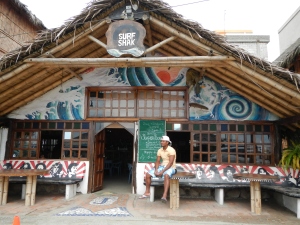 Now it’s a bustling tourist destination with oodles of small tiki-type bars and restaurants, as well as vendors selling sun hats and sun dresses, dotting the beach. It’s quiet during the week and hopping on the weekends as busloads of tourists arrive Friday nights.
Now it’s a bustling tourist destination with oodles of small tiki-type bars and restaurants, as well as vendors selling sun hats and sun dresses, dotting the beach. It’s quiet during the week and hopping on the weekends as busloads of tourists arrive Friday nights.
Our plan was to spend two weeks here learning to surf while I, Darcy, gave attention to my mid-year reports for my students.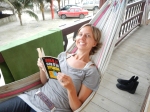 We found an amazing room on the third floor of the Canoa Mar Hostel across the street from the beach. The view from our patio was impressive. Being just a hop, skip and a jump from the beach was truly awesome!
We found an amazing room on the third floor of the Canoa Mar Hostel across the street from the beach. The view from our patio was impressive. Being just a hop, skip and a jump from the beach was truly awesome!
Within a couple of days of being there, Jonathan was heading into the waves with a rented surfboard. It took me a few more days to gather the courage to sign up for a surfing lesson. Then away I went. After one hour of instruction and support from my American instructor, I had stood up on a surfboard for a split second at least a couple of times. I had felt what it feels like to surf. I was exhilarated! And exhausted! I went out a couple more times on my own having such a good time trying to surf. However, soon enough, I pulled a muscle in my leg and was unable to get out there again. In the meantime, Jonathan had strained some muscles in his ribs and was also unable to surf. So, within a few days of being in Canoa, our dreams of becoming super surfers were dashed. Could our ages possibly be catching up with us? Jonathan was adamant that his surfboard was too hard, and that after a few days in the surf even his rock hard abdominal muscles had to sustain some damage. I suspect it’s because he’s 40 and has spent more time on a cushion than in the gym.
While I worked away on my reports and attended a couple of private Spanish classes, Jonathan chilled out. I did a lot of chilling out as well. One thing we both really enjoyed while in Canoa was getting up early and going for barefoot walks/runs along the nearly deserted beach. We enjoyed watching the fishermen get their boats ready to go out fishing, observing how their whole family came out to help load gear and push the boat out into the crashing waves.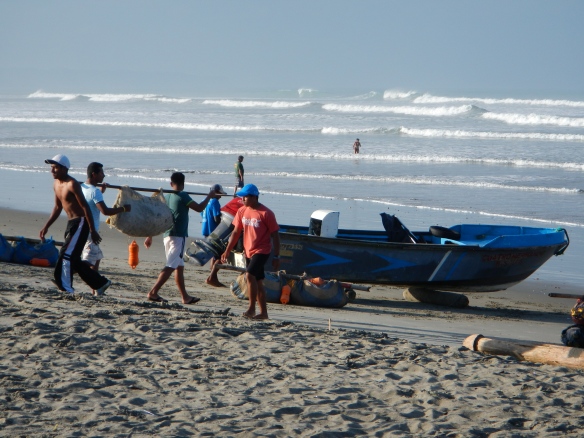
Another blessing of our time here was getting to know the family that managed the hostel – Angie, Jardi and their sons Donovan (9) and Paul (5). Despite my inability to communicate much with them because of not speaking Spanish, our friendship blossomed over the two weeks we were there and all of us were sad to say goodbye.
After my mid-year reports were complete, we made our way northeast up into the mountains to a small town in the cloud forest called Mindo (1250 meters). This area is known for its bird-watching waterfalls and artisan chocolate. Upon arrival we noticed the abundance of hummingbirds of numerous varieties to be found here. It wasn’t unusual to see upwards of 8 or 9 of them humming around the various feeders.
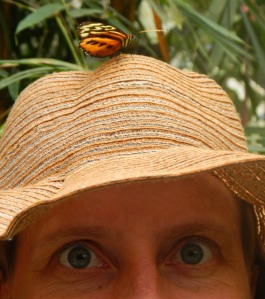
During our time here we visited a butterfly garden and enjoyed close encounters with these beautiful beings. I was most impressed with the cocoons that look like droplets of molten gold. Wow!
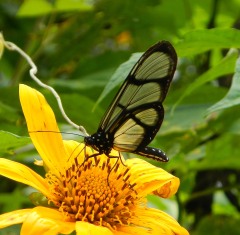
One day while eating lunch we met a couple, Genny (Ecuadoran) and Ingo (German) who have a farm near Mindo. They were considering homeschooling their two eldest daughters, so when I told them about my work and my experience with homeschooling, they invited Jonathan and I to come spend a couple days at their farm. So off we went for two nights. Their farm is located about an hour drive from the town of Mindo. It is lush and green; one of their main challenges for growing food is too much water. The highlights for me from our time with Genny and Ingo were riding a horse bareback for an hour and a half – a very painful experience. I had a very slow horse that spooked whenever a motorcycle went by, which happened three times during my ride. Another highlight was getting to know their two Great Dane puppies – Tank and Dozer . They were so adorable, big and unruly, affectionate and playful. Thirdly, I, together with another volunteer, plucked three freshly beheaded chickens for the evening’s stew. This was very unpleasant and not at all easy. By the end I was splattered in chicken blood and had a much deeper appreciation for all of the chickens I have eaten in my entire life, especially the last seven months in South America! To travel back to Mindo from the farm, we got a ride in the back of the Milk Truck. This truck stops by numerous farms everyday collecting and buying fresh milk to then sell to a larger milk company. It was a beautiful way to experience the beauty of the area while quickly meeting dozens of farmers, their dogs and mules.
We spent quite a few more days in Mindo since it was Carnival and we were advised not to travel by bus at that time. Carnival was celebrated by public water fights and spraying others with canned white foam. Jonathan got involved by filling his backpack up with water balloons and chucking them at people in trucks passing by and at children armed with water guns. At the peak of the festivities, young people had dug a mud pit in the main plaza and were carrying each other and throwing each other into it – though mostly it was teenage boys throwing their female friends into the muck. All in all, it was reasonably low key and quite a bit of fun.
From Mindo we passed through Quito to Otavalo (2530 meters), a very popular tourist destination north of the capital city. This is the centre for Indigenous artisans in Ecuador and the city is famous for its market which operates daily but with the mega-market happening on Saturdays.
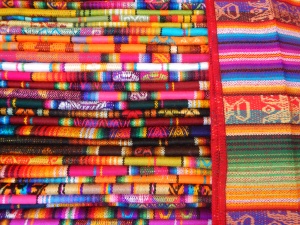
Colours of South America
We spent just two days here enjoying the hot sun and shopping for friends and family. It was a great opportunity to send home some beautiful blankets and sweaters to loved ones shivering in the Canadian winter.
From Otavalo, we headed into the northeast corner of Ecuador to a town called Lago Agrio from where we would start a four-day tour of the Cuyabeno Nature Reserve staying at the Cuyabeno Lodge (www.neotropicturis.com). This was to be our first time heading into the Amazon jungle.
We travelled by motorized canoe down the Cuyabeno River for two hours to the lodge where we stayed for three nights. Our excellent guide, Guilver, was spotting wildlife within moments of us being in the canoe. It was magic to observe him tuning in to the sounds and movements of our surroundings. Almost immediately we saw monkeys, then a nearly invisible sloth. I was thrilled! Over the next four days of canoe trips (both motorized and human powered)
and jungle walks, we saw seven of the nine resident species of monkeys, a sloth, blue and yellow macaws (parrots), a baby cayman and a large cayman, a python, a pink river dolphin, piranhas, many, many different birds, bats, many interesting spiders and frogs including a tarantula and the small, very poisonous frog the local Indigenous people sometimes use for their poison darts.
Jonathan swam in the lagoon at sunset one evening which was absolutely gorgeous. One morning we visited a village of the Siona tribe, one of the dozens of Indigenous groups living in this part of South America. We were shown the traditional way of making bread from yucca and we had the chance to try a blow dart gun. We are so grateful for Guilver, our guide. Not only did he have a near super human capacity to find things that didn’t want to be seen, he spoke excellent English and was a wealth of knowledge about the wildlife in the area. He also showed great sensitivity towards the impact of increased tourism on both the environment as well as the local indigenous people. Jonathan and I both agree that this time in the Cuyabeno Reserve was a major highlight of our entire trip.
We were about ready to leave Ecuador when we decided to visit one final place, which meant backtracking a bit to the middle of the country, one of the most important parts of Ecuador -the volcanic mountains south of Quito. So off we went to Latacunga (2800 meters), the launching point for visits to the surrounding volcanoes. We did an overnight trip to Quilotoa (3850 meters), a beautiful crater lake.
It was very cold up there, and windy! Jonathan and I walked around the crater of this volcano in an afternoon, taking about four and a half hours. The combination of the high altitude and steep up and down climbs nearly wiped us out completely! It was a very challenging walk. We were very happy to get back to our super simple hostel for a cup of hot tea. After dinner we enjoyed lighting the woodstove in our room so we could meditate and sleep in the comfort only a fire can give. In the morning we went back to Latacunga for one more night.
The following day we bee-lined it north for the border between Ecuador and Colombia. Our 90-day entry visa was about to expire and we were more than ready to jump into a new country and a new culture. Little did we know that the day we would enter Colombia would be the day the coffee growers would go on strike leaving us stranded in the ‘not very exciting’ town of Pasto. More on that coming up.

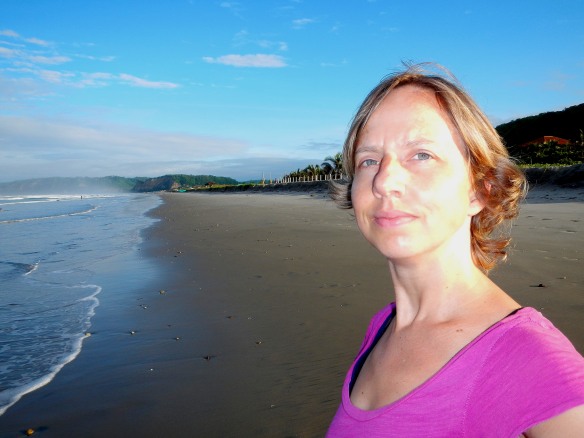
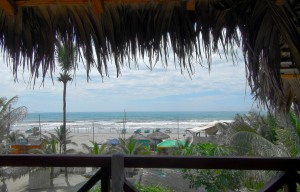
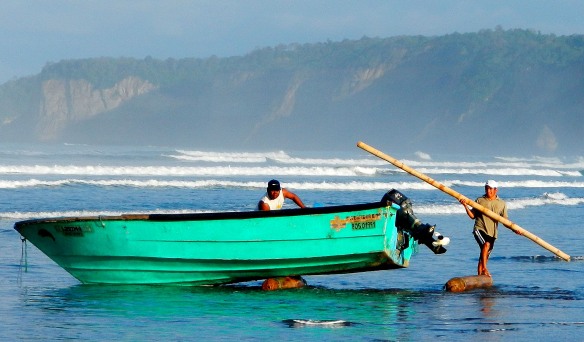
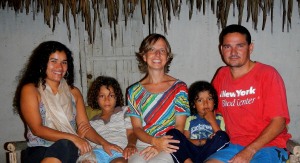
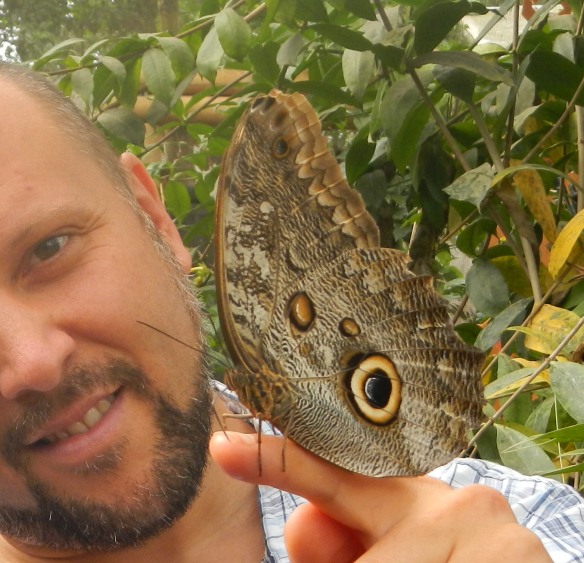
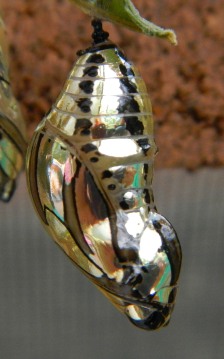
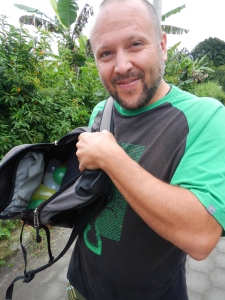
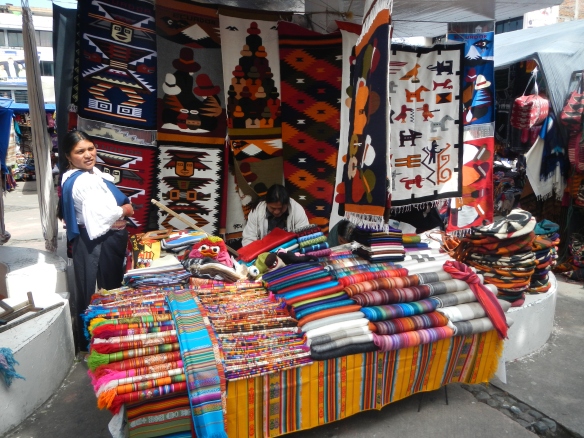
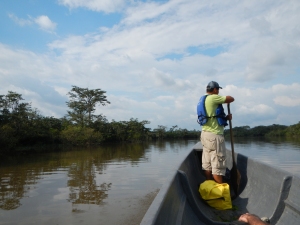
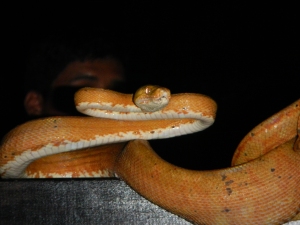
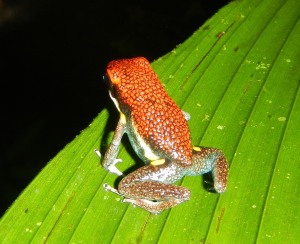
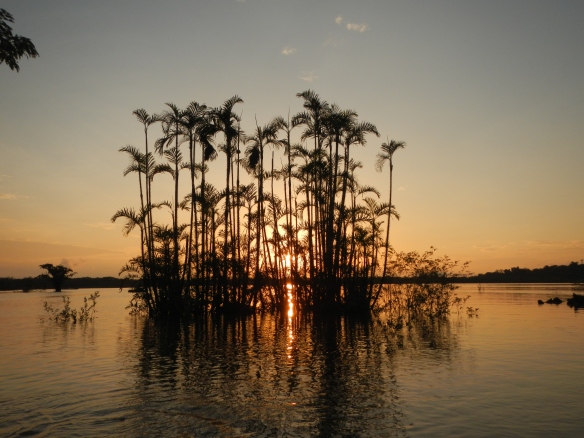


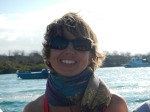
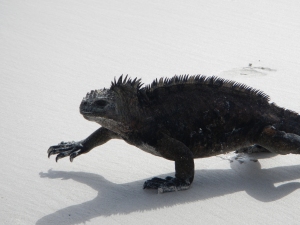
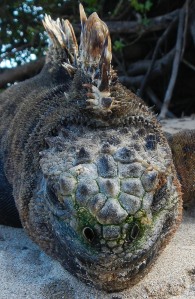
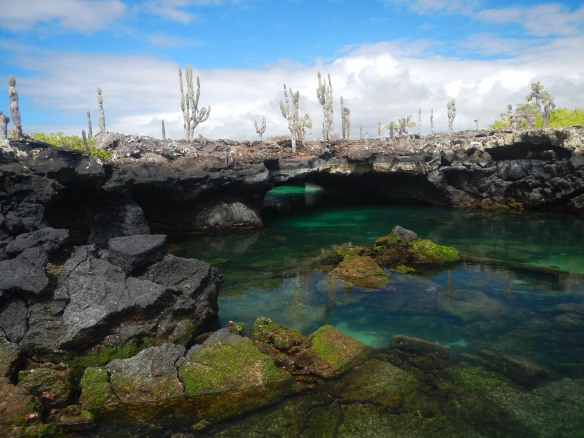
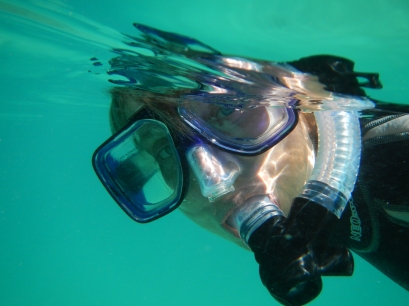
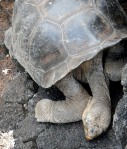
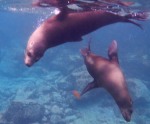
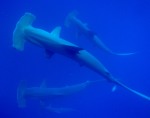
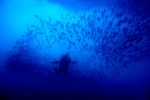

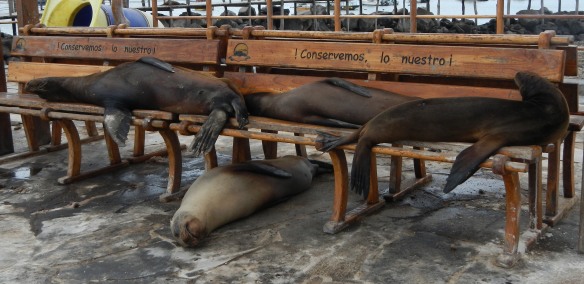
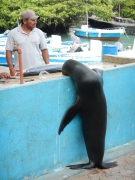
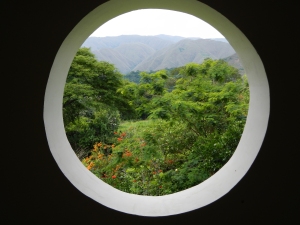
 where new agers and conspiracy theorists of all ages from Europe and North America are flocking to get back to the land. A small village where you can find green juices, spirulina-dark chocolate truffles, kale in your salad, freshly baked chocolate croissants made with organic chocolate by a woman from Belgium, every kind of healer/intuitive/body worker you could ever imagine; trippy art made with highlighter markers displayed on clotheslines in the main plaza that become even more trippy when viewed through 3D glasses; people decked out in gold body glitter and barefeet as their everyday attire; and Hare Krishna’s serving vegetarian food and handing out pamphlets in the plaza.
where new agers and conspiracy theorists of all ages from Europe and North America are flocking to get back to the land. A small village where you can find green juices, spirulina-dark chocolate truffles, kale in your salad, freshly baked chocolate croissants made with organic chocolate by a woman from Belgium, every kind of healer/intuitive/body worker you could ever imagine; trippy art made with highlighter markers displayed on clotheslines in the main plaza that become even more trippy when viewed through 3D glasses; people decked out in gold body glitter and barefeet as their everyday attire; and Hare Krishna’s serving vegetarian food and handing out pamphlets in the plaza.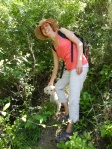
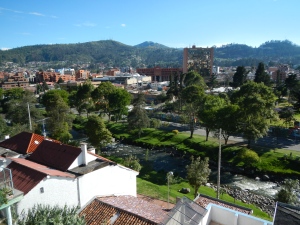
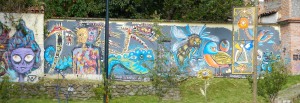

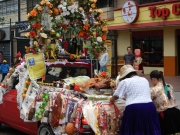
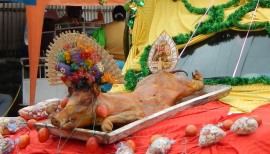
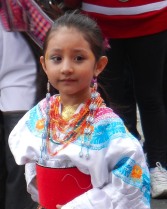
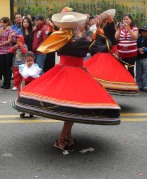

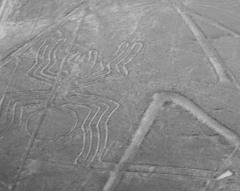
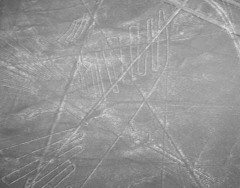


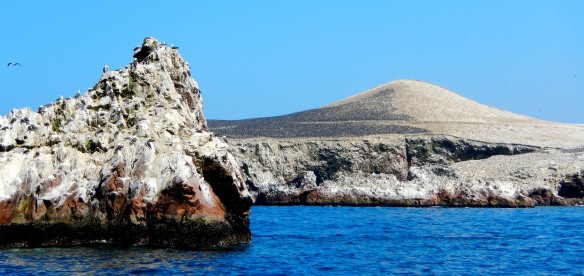

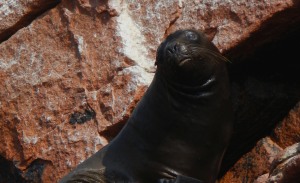

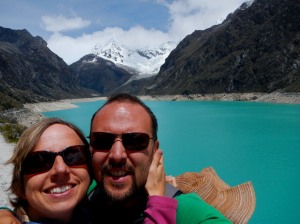
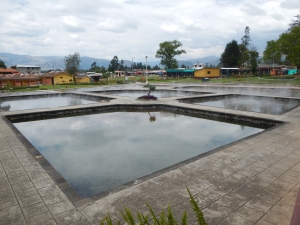
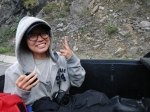
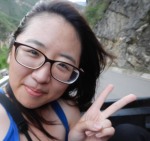
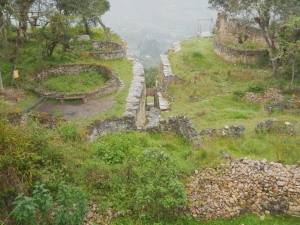
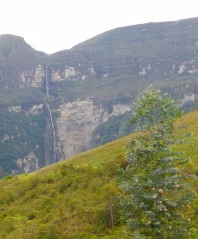



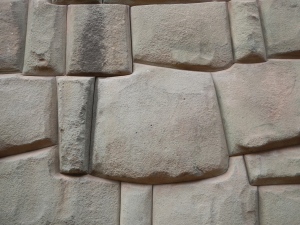
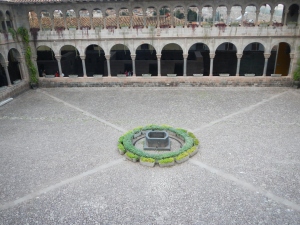

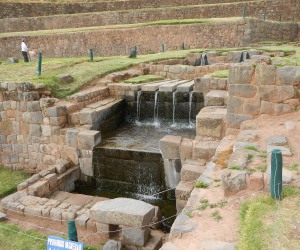


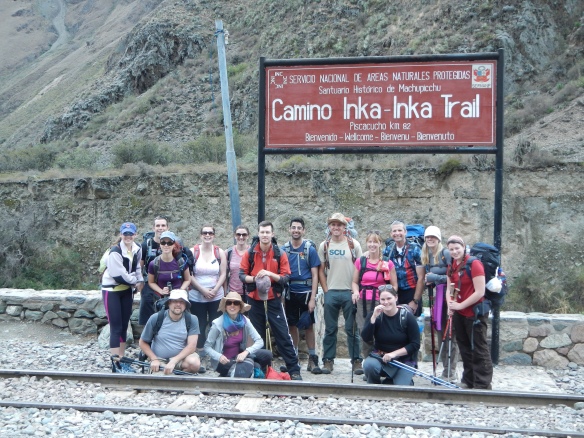

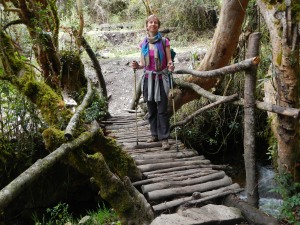


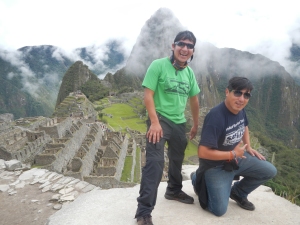

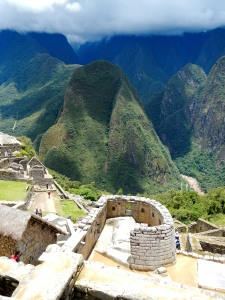
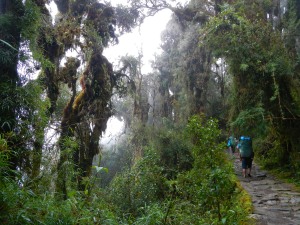
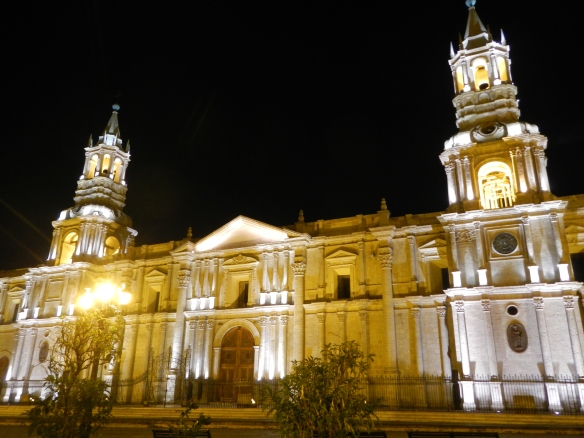

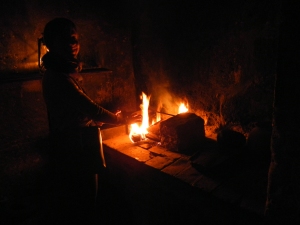
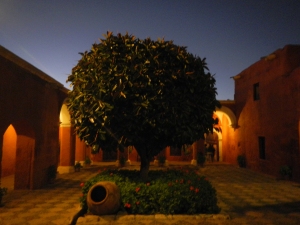



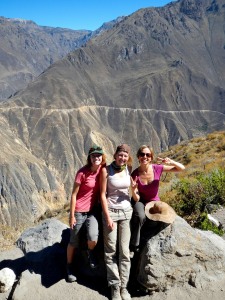

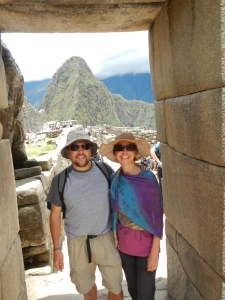

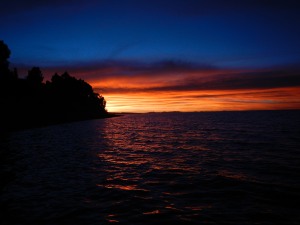
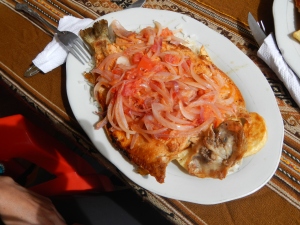

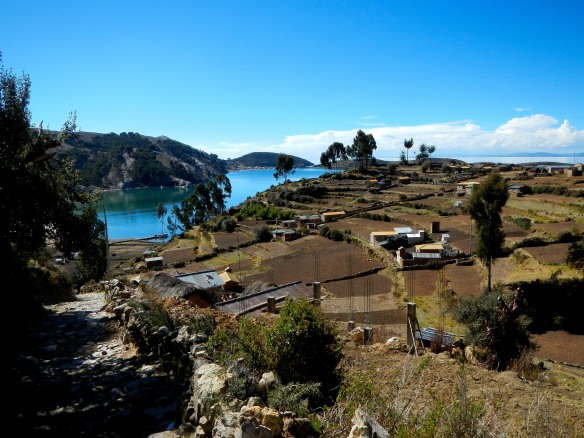

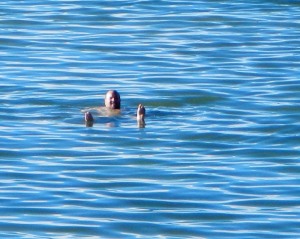
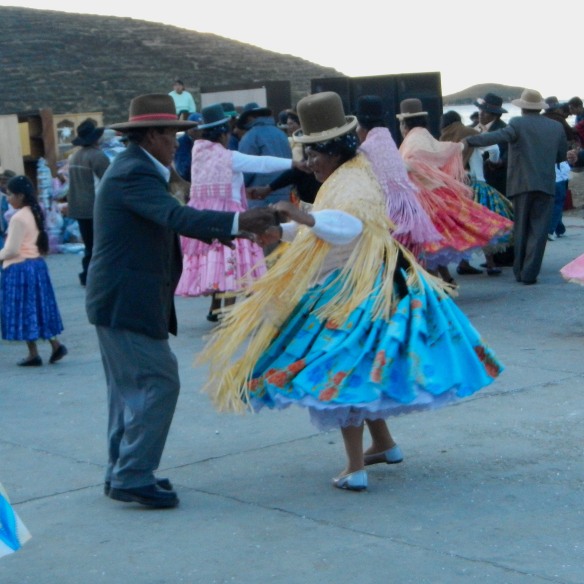

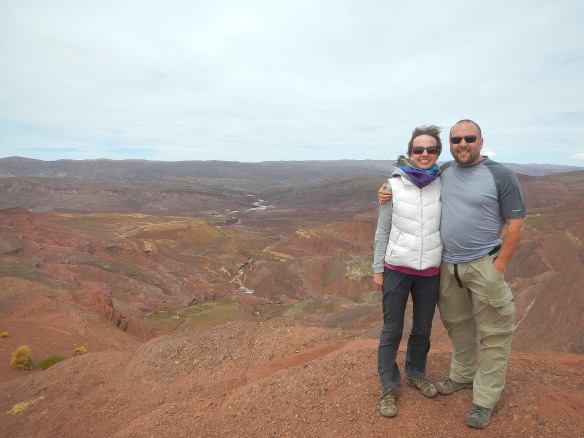

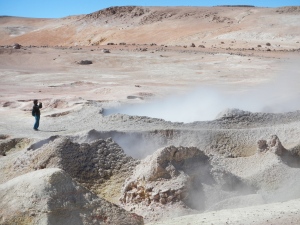
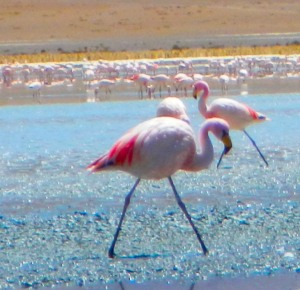
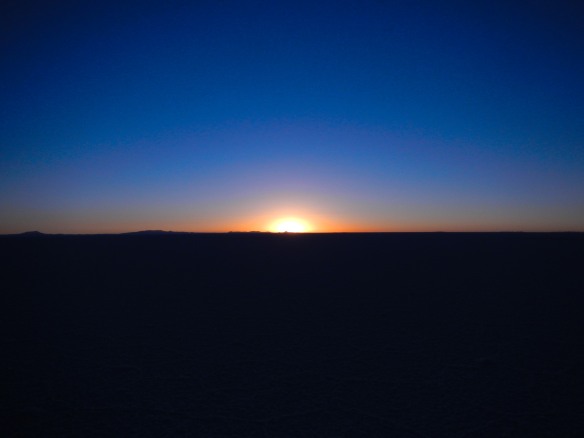
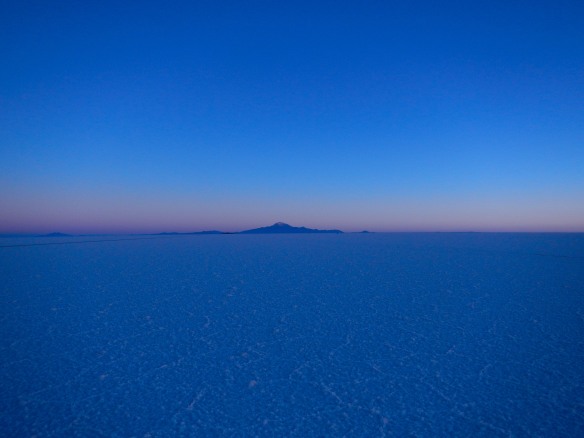
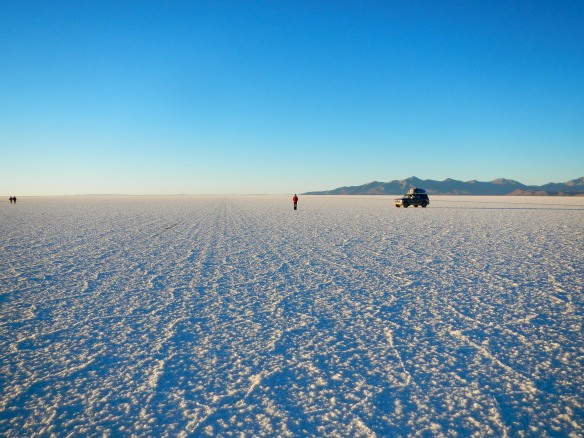

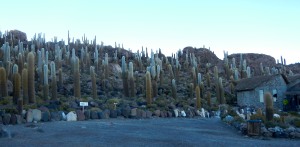

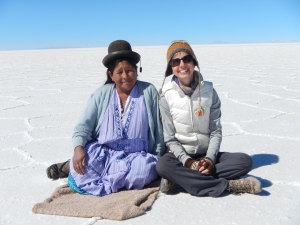
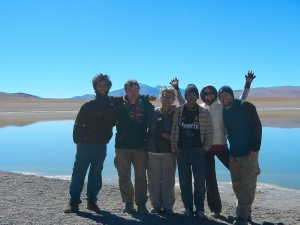

 The city, at its peak, was one of the biggest and richest cities in the world with a population of over 200 000. It has been estimated that approximately 41 000 metric tons of silver were extracted. For the work force it would have been an extremely difficult life. We were told that Indigenous and African slaves were used to mine and process the ore, the miners being forced to work below ground for 4 months at a time and that eight million slaves were thought to have died during the colonial period (Bolivia has a population of around 5 million).
The city, at its peak, was one of the biggest and richest cities in the world with a population of over 200 000. It has been estimated that approximately 41 000 metric tons of silver were extracted. For the work force it would have been an extremely difficult life. We were told that Indigenous and African slaves were used to mine and process the ore, the miners being forced to work below ground for 4 months at a time and that eight million slaves were thought to have died during the colonial period (Bolivia has a population of around 5 million).
